physiology
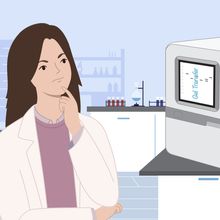
The Mysterious Western Blot Message
Mariella Bodemeier Loayza Careaga, PhD | Mar 1, 2024 | 2 min read
Elissavet Chartampila meticulously crafted handwritten labels for her lab tools. Little did she know that some labels last forever.
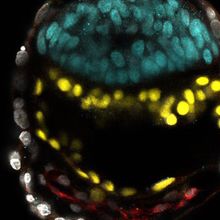
The First Human Embryo Model From Embryonic Stem Cells
Shelby Bradford, PhD | Mar 1, 2024 | 2 min read
Jacob Hanna developed a method for replicating embryogenesis outside of the uterus to understand the underlying mechanisms.
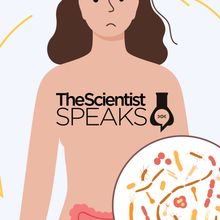
Fecal Microbiota Transplants: From Gut Infections to Psychiatric Disorders
The Scientist | 1 min read
Fecal transplants may help scientists improve current treatment strategies for anorexia nervosa.
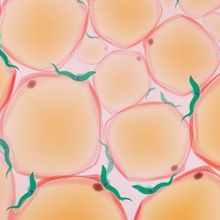
Lose the Fat and Curb Parasitic Infection
Mariella Bodemeier Loayza Careaga, PhD | Mar 1, 2024 | 2 min read
Trypanosoma brucei infection induces fat breakdown, but this strategy benefits the host.

Do Animals in Warm Climates Hibernate?
Danielle Gerhard, PhD | Mar 1, 2024 | 2 min read
Animals that wind down in the tropics may take us to new frontiers in organ preservation.

Translational Research for Neural Implants
The Scientist | 1 min read
John Donoghue and Vasiliki (Vasso) Giagka will discuss the latest bioengineering advances for implantable devices that treat neurological disorders.
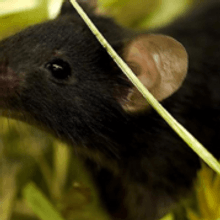
Shielding From Allergies: It’s Not Just About Microbes
Mariella Bodemeier Loayza Careaga, PhD | Feb 7, 2024 | 4 min read
Clean and dirty mice respond similarly to allergens, challenging the idea that reduced microbial exposure is the primary cause behind the uptick in allergies.
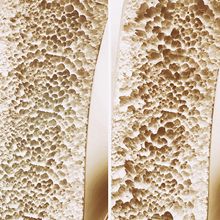
A Molecular Switch for Bone Loss
Mariella Bodemeier Loayza Careaga, PhD | Jan 23, 2024 | 4 min read
Blocking an abnormally active signaling pathway in skeletal stem and progenitor cells alleviates bone mass decline in middle-aged mice.
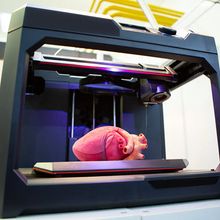
Artificial Organs: Innovating to Replace Donors and Dialysis
Deanna MacNeil, PhD | 6 min read
Scientists employ cutting edge tools and techniques to create artificial organs for research and disease therapeutics.
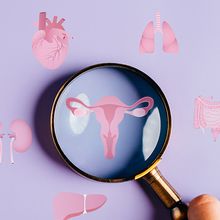
Decoding the Cellular Secrets of the Endometrium
Deanna MacNeil, PhD | Jan 16, 2024 | 3 min read
Endometrial organoids and single cell analyses helped uncover the molecular mechanisms of a rare uterine condition.
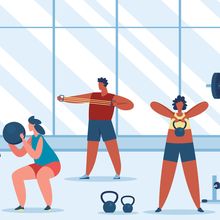
What Happens to Muscles During Exercise?
Mariella Bodemeier Loayza Careaga, PhD | Jan 1, 2024 | 2 min read
Exercise changes our muscles, but its molecular effects depend on the type of exercise.
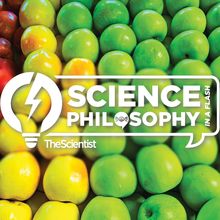
Science Philosophy in a Flash - Making Scientific Strides in the Produce Aisle
Iris Kulbatski, PhD | 1 min read
Andrew Pelling shares how pursuing knowledge for its own sake breaks down interdisciplinary barriers and lays the foundation for ground-breaking research.
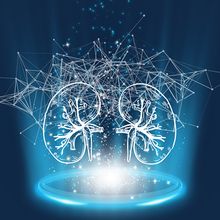
Keeping Kidneys Healthy with a Hand from AI
Aparna Nathan, PhD | Dec 11, 2023 | 3 min read
Researchers found new mechanisms and drug targets for cystinosis.
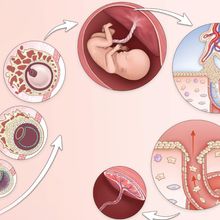
Infographic: Early Placenta Development Sets the Stage
Danielle Gerhard, PhD | Dec 4, 2023 | 2 min read
During early pregnancy, the placenta remodels the uterine environment to support fetal growth
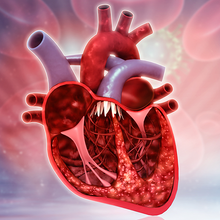
Technique Talk: Developing Spatial Multiomic Maps
The Scientist | 1 min read
Rafael Kramann will discuss spatial transcriptome and epigenome changes to identify injury, repair, and remodeling in myocardial infarction.
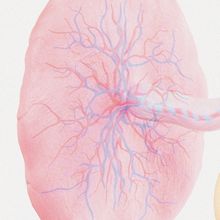
The Ephemeral Life of the Placenta
Danielle Gerhard, PhD | Dec 4, 2023 | 10+ min read
Recent advances in modeling the human placenta, the least understood organ, may inform placental disorders like preeclampsia.
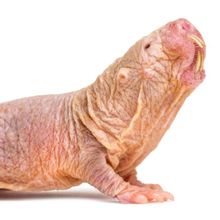
Fighting Cancer: Lessons from the Naked Mole-rat
Hannah Thomasy, PhD | Dec 1, 2023 | 2 min read
Mice live longer, healthier lives thanks to a gene from their glabrous subterranean cousins.

Retraining the Immune System Cavalry for Food Allergen Peacekeeping Missions
The Scientist | 1 min read
Explore food allergy immunotherapy for reversing patient symptoms.
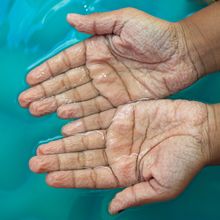
Why Do Fingers Prune?
Danielle Gerhard, PhD | Nov 1, 2023 | 2 min read
After a long soak in the tub, fingers emerge looking like raisins. The real reason for this curious phenomenon lies under the skin.
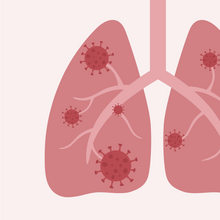
Gut Signals Influence Lung Responses to Infection
Mariella Bodemeier Loayza Careaga, PhD | Nov 1, 2023 | 2 min read
Diet-derived molecules spur a biological mechanism in the lung barriers of mice that prevents viral lung injury.